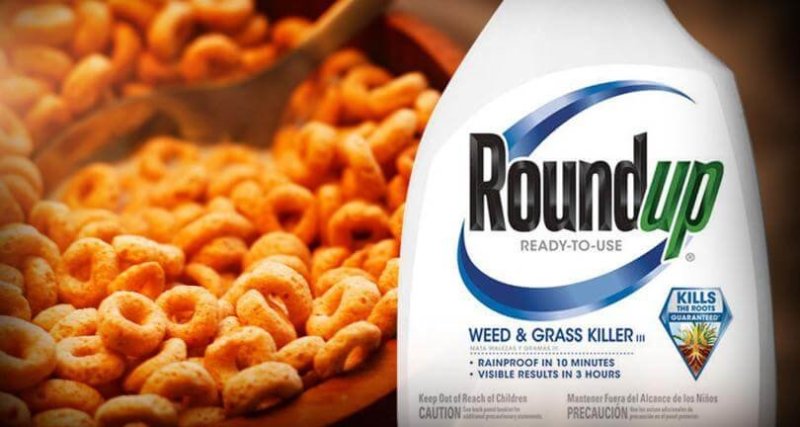Glyphosate is the active ingredient in Roundup® brand nonselective herbicides, and residue testing for food has been conducted as part of the normal regulatory processes. Additional testing has been conducted by university researchers and nongovernmental agencies. Presence of residues needs to be put into the context of safety standards.
Furthermore, to appropriately interpret residue data, analytical assays must be validated for each food sample matrix. Regulatory agency surveys indicate that 99% of glyphosate residues in food are below the European maximum residue limits (MRLs) or U.S. Environmental Protection Agency tolerances. These data support the conclusion that overall residues are not elevated above MRLs/tolerances due to agricultural practices or usage on genetically modified (GM) crops.
However, it is important to understand that MRLs and tolerances are limits for legal pesticide usage. MRLs only provide health information when the sum of MRLs of all foods is compared to limits established by toxicology studies, such as the acceptable daily intake (ADI).
Conclusions from dietary modeling that use actual food residues, or MRLs themselves, combined with consumption data indicate that dietary exposures to glyphosate are within established safe limits. Measurements of glyphosate in urine can also be used to estimate ingested glyphosate exposure, and studies indicate that exposure is <3% of the current European ADI for glyphosate, which is 0.5 mg glyphosate/kg body weight.
Conclusions of risk assessments, based on dietary modeling or urine data, are that exposures to glyphosate from food are well below the amount that can be ingested daily over a lifetime with a reasonable certainty of no harm.
Introduction
Modern agricultural practices provide farmers with tools to maximize the production of food for a growing world population. Herbicidal pesticides help farmers grow more food on less land by protecting crops from weeds competing for essential nutrients, water, and sunlight. Oerke (2006) concluded that 34% of potential crop losses were attributable to weeds.
Raw agricultural commodities
Global regulatory authorities, such as the U.S. FDA, U.S. EPA, and the European Food Safety Authority (EFSA), have required extensive data both prior to, and often after, commercialization of pesticides, such as glyphosate. The goal of monitoring food for pesticide residues by regulatory agencies is to ensure the public that pesticide applicators are following approved label instructions and that residues are not at unexpectedly high amounts (Winter et al., 2019). The U.S. FDA and EFSA compile yearly monitoring reports of pesticides using validated assays that are capable of measuring multiple pesticide residues in a single analysis. Access to comprehensive data from these surveys is important to understand the average concentrations, validation limits of the assays, and percent of the samples that have detectable residue levels.
…
Processed foods
This section reviews foods that are derived from products that were derived from crops sprayed with glyphosate during cultivation. Although it might be reasonable to expect glyphosate residues in processed foods to reflect the levels in their raw agricultural commodities, the washing and removal of the outer coating of grains during food processing would be expected to reduce residues. Isolation of portions of foods/feeds that contain glyphosate, such as hulls, or by drying might increase the residue concentration.
…
Conclusion
It has been observed that the perception of risk is greater with consumers when: (1) it cannot be detected; (2) it is not well understood; and (3) the belief is that the science is not known (Ropiek, 2014). Global regulatory authorities have spent the past decades establishing review practices designed to define, as much as scientifically possible, the data required to establish the parameters needed to define the known science needed for a safe food supply, and what needs to be detected and understood to ensure that such safety requirements are met. However, it is clear that more is needed to demystify these regulatory processes established to ensure their safety. In this review, glyphosate residue data from both regulatory authorities and reports from many groups, both peer-reviewed and in the media, have been summarized. To generalize this large amount of information, glyphosate residue data show that dietary residue exposure is well below established ADIs.































